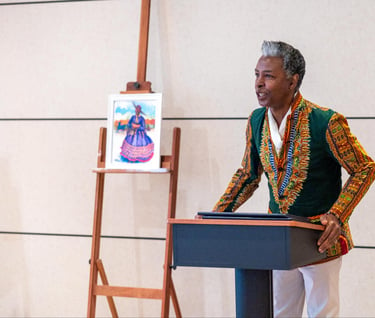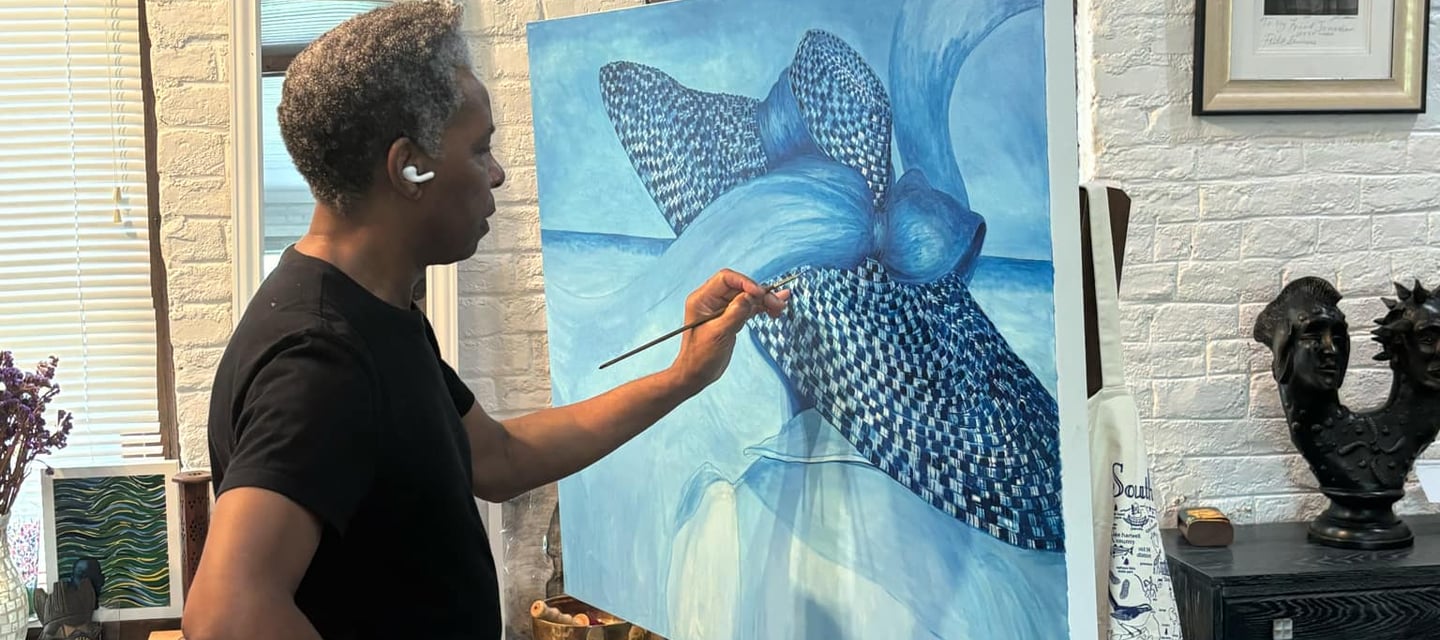Jonathan Green: A Celebrated American Artist
Jonathan Green, born on August 9, 1955, in Gardens Corner, South Carolina, is a renowned American artist. Known for his vibrant depictions of African diasporic culture, Green’s work emphasizes the South Carolina Lowcountry, where he grew up. His upbringing in a unique African American community, deeply influenced by Gullah customs, language, and traditions, plays a central role in his artistic career. After serving in the U.S. Air Force, Green pursued formal art education at the School of the Art Institute of Chicago, becoming the first known artist of Gullah descent to receive professional training in the visual arts.


Cultural Significance and Artistic Achievements
Green’s time away from the Lowcountry deepened his appreciation for his cultural roots, leading him to document and celebrate the daily lives, traditions, and history of Gullah and other African-descended people through his art. His mastery of color and form has earned him widespread acclaim, with his work featured in prestigious collections around the world, including museums in the United States, Europe, Africa, and the Caribbean. Green’s paintings often depict scenes of rural, sea island life, capturing the resilience and beauty of this self-contained way of life.
Contributions to Gullah Culture and the African Diaspora
In addition to his artistic achievements, Jonathan Green has made significant cultural contributions. He is the only artist of color to have membership in the Single Artist Museum Association. Green is also the honored namesake of the Jonathan Green Maritime Cultural Center at the University of South Carolina Beaufort, the first maritime museum dedicated to the study of the maritime art, history, and culture of Africans and African Americans. Through his narrative art and the establishment of this center, Green has comprehensively documented the maritime culture of Sea Island communities within the Atlantic World and the African Diaspora, ensuring these traditions are preserved for future generations.


Contact
Subscribe to our Newsletter
info@jgmcc.org
(843) 904-5844
© 2024. All rights reserved. Website Designed by AgencyApex


